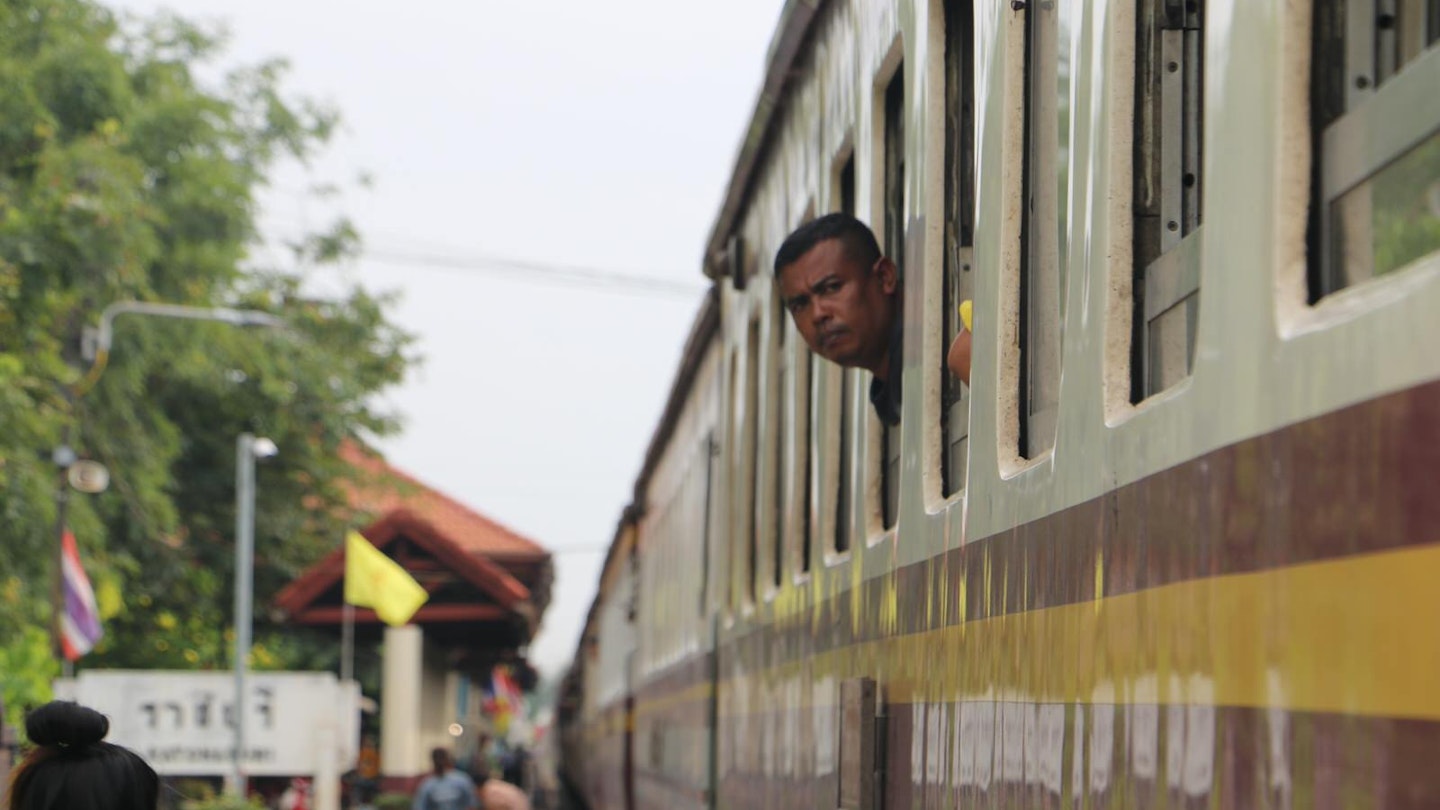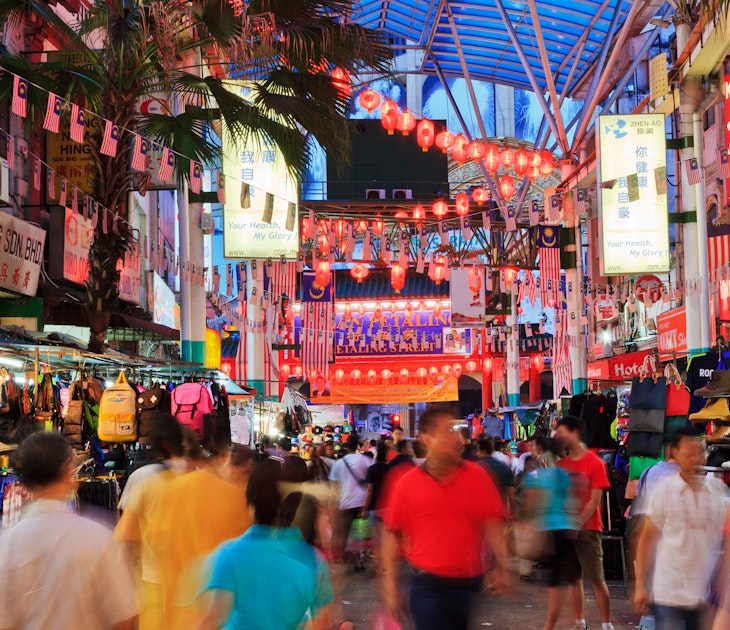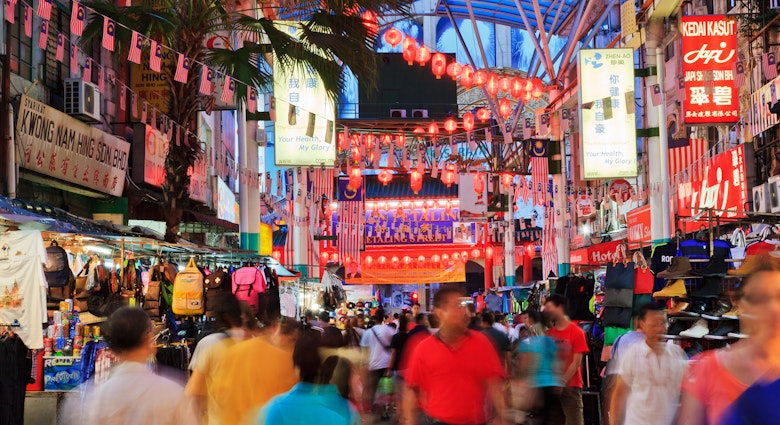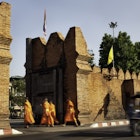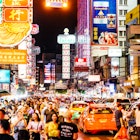Grand colonial-era stations and lush tropical countryside are among the attractions of the 1800km rail journey from Singapore to Bangkok – arguably one of the best train journeys in Southeast Asia. The downside? The only direct service between the two is the luxury Eastern and Oriental Express, costing $5000 for a two-night package.
But, by changing trains and spending a night either in Malaysia's capital Kuala Lumpur or the charming mid-Peninsular town of Ipoh, it is possible to complete this classic trip for as little as US$67. Here's how to do it yourself.
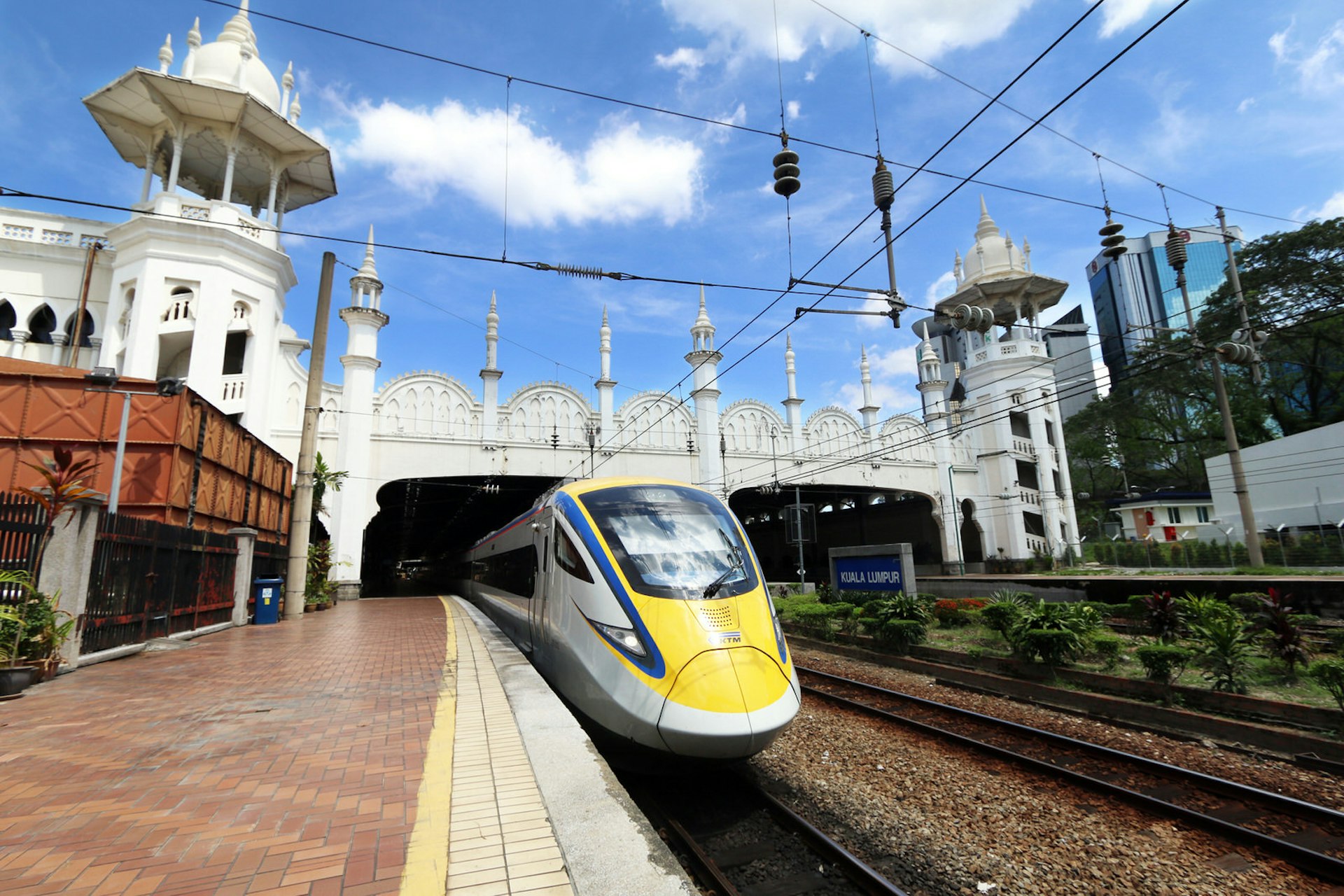
Stage 1: Singapore to Johor Bahru
When Singapore split from Malaysia in 1965 the latter's national railway, KTMB, retained control of the corridor of land on which the tracks ran over the Causeway from Johor Bahru to the Singapore terminus at Tanjong Pagar. In 2010, the neighbouring countries agreed a land swap deal that saw the Singapore terminus shift to Woodlands in the north of the island.
Singapore's old Tanjong Pagar Station, protected as a national monument, is an elegant 1932 building sporting a striking design by Serbian architect D S Petrovitch with both art deco and neoclassical flourishes. The site is currently being redeveloped as Cantonment MRT station on the new Circle Line, set to open in 2025. Over the construction site barriers you can glimpse the heroic relief sculptures on the station facade representing agriculture, industry, commerce and transport
Functional Woodland Train Checkpoint (also known as Woodlands CIQ) hardly compares, so the banning of photography here is no great disappointment. It's just SING$5 for the five-minute shuttle over the 1.5km Causeway to Johor Bahru. Avoid travelling on the weekend and you should breeze through immigration and customs checks at Woodlands. The KTMB shuttle appears quaintly old-fashioned and a bit scruffy after Singapore's modern MRT trains. However, the staff are friendly and delighted to pose for photos.
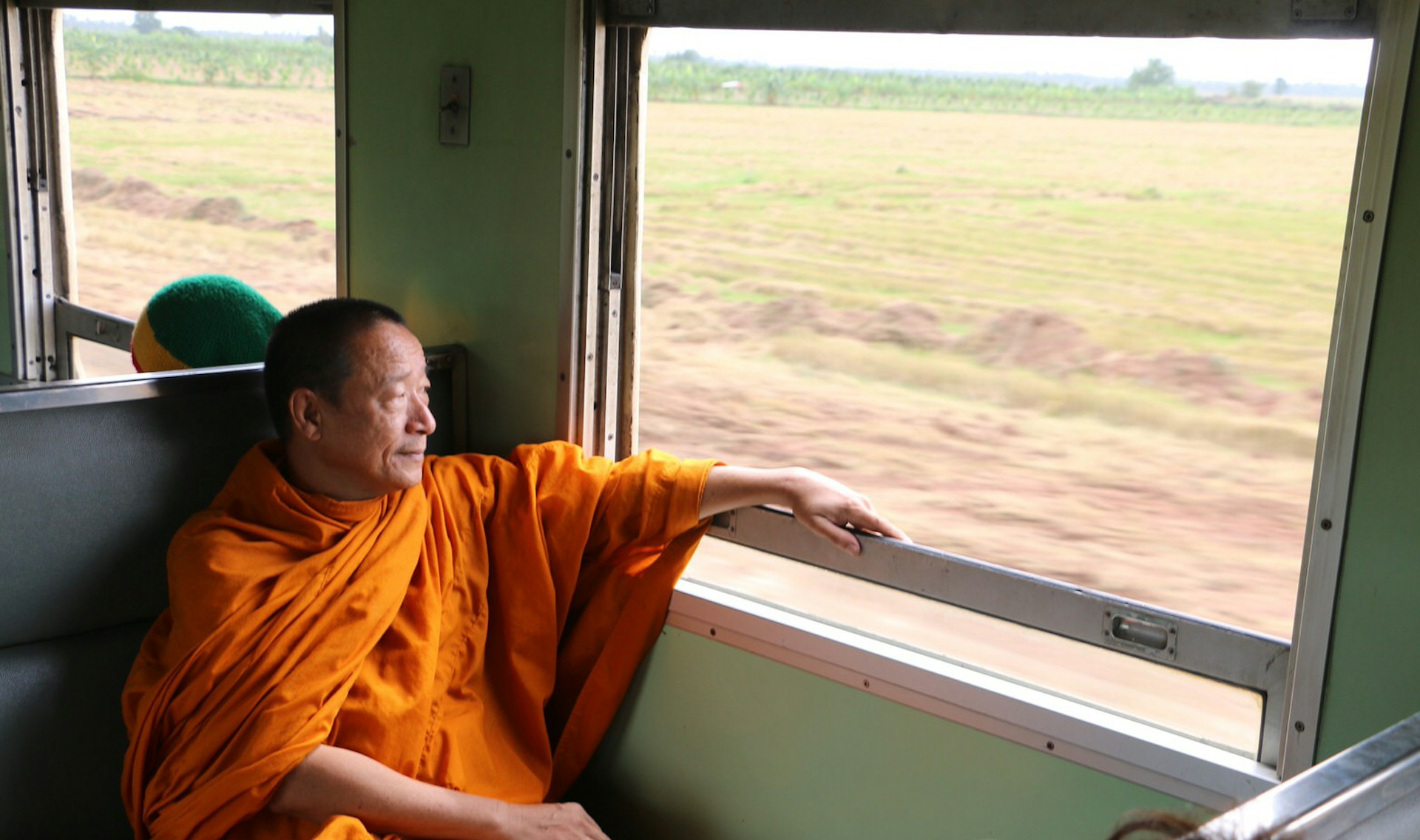
Stage 2: Johor Bharu to Kuala Lumpur
Singapore can be pricey, so cheaper Johor Bahru makes an ideal base for the first night of this journey if you're on a budget. Book into the Replacement Lodge & Kitchen, housed in one of the historic shophouses that have been spruced up around Jln Dhoby. This will also give you a chance to sample Johor Bahru's great selection of street food or peruse the trendy cafes in the heritage district.
Johor Bahru's old art deco 1930s train station (signposted as a museum, but in reality closed) stands in the hulking shadow of Johor Bahru Sentral, opened in 2010 as part of Malaysia's ongoing programme of upgrading its railway infrastructure. Electrification of the line has yet to reach Johor Bahru, so for the first 192km to Gemas you will be riding on some of the oldest rolling stock on the KTMB system. Bring plenty of warm clothing as the air-conditioning on this and the subsequent modern ETS trains up the peninsula is set to Arctic temperatures.
The 9.15am to Gemas arrives at 1.30pm, allowing sufficient time to stretch your legs in this small junction town and grab lunch before boarding the 3.10pm ETS service to Kuala Lumpur (arriving at 5.34pm). This service also continues onto Ipoh (arriving 20.17pm) should you choose to overnight there instead. Monotonous views of palm oil plantations predominate along this section of the journey. However, there are some attractive jungle-clad hills around Seremban, 70km southeast of Kuala Lumpur.
You may also like: 10 of the world's most amazing train journeys
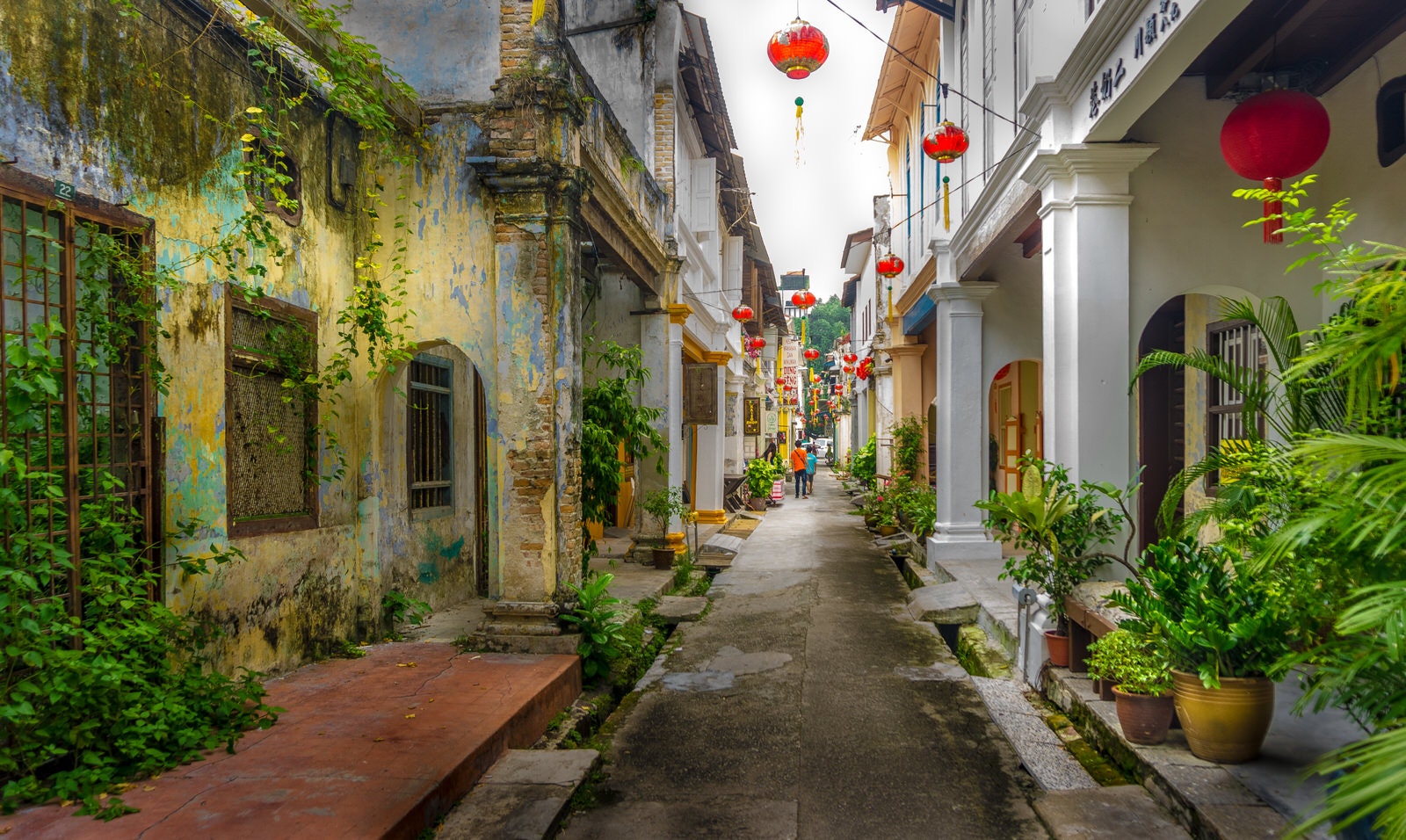
Stage 3: Kuala Lumpur to Padang Besar
Kuala Lumpur Sentral is the city's hub for public transport, but all long distance ETS trains north still pause at Old Kuala Lumpur Station. This fantastic piece of 1910 architecture was designed by Arthur Benison Hubback and sports Mughal and Moorish features such as keyhole arches and wind towers – it's worth boarding the next stage of the journey here just to see the building close up. Should you be spending the night in Kuala Lumpur, the colonial stylings of the Majestic Hotel across the road are worth the splurge.
Malaysia's spiffy ETS trains offer a decent buffet car serving snacks and drinks. There are also screens in each of the carriages showing movies, such as Minions, on loop (thankfully, with subtitles rather than full volume). The landscape north to the border offers more variety including dramatic limestone peaks and verdant paddy fields. At Ipoh there's another grand Hubback-designed train station to admire, dating back to 1917. Like the one in Kuala Lumpur it used to house a hotel, but this one has more of a European style with loggias and a porte-cochére (covered porch for vehicles), in front of which is an attractive park.
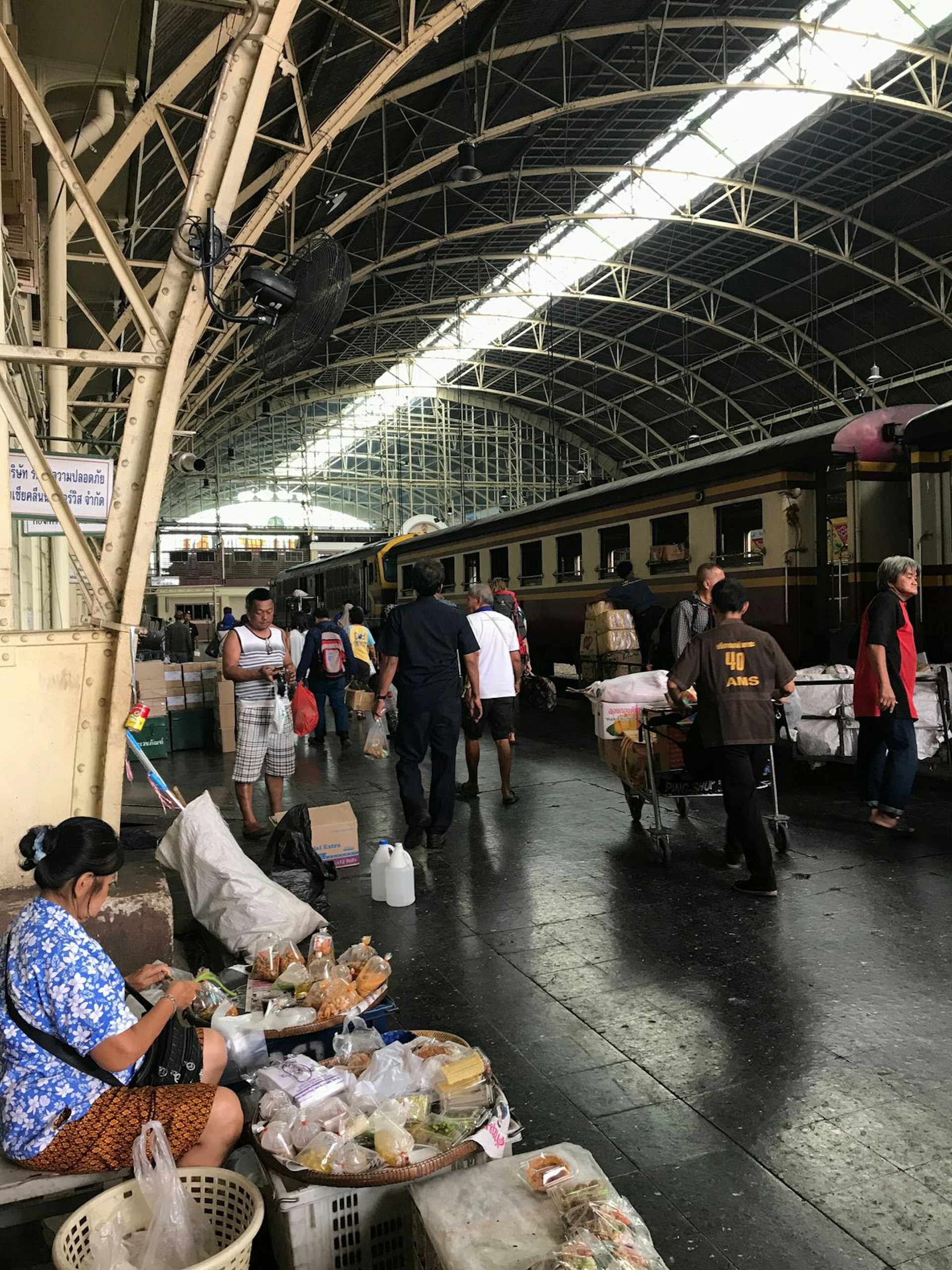
Stage 4: Night Train to Bangkok
From Kuala Lumpur to Padang Besar is just under six hours by train: if you catch the 7am service you could break in Ipoh and have three hours to explore its old town, where there’s some inventive pieces of street art and a wonderful range of culinary specialities such as chicken with bean sprouts and soya bean curd. Warning: don’t linger too long before continuing to the border, because you need to arrive at Padang Besar by 4pm to go through immigration and catch the night train to Bangkok
Thailand is one hour behind, so the daily 5pm Thai train leaves Padang Besar's Malaysia station at 6pm. Tickets can usually be purchased at Padang Besar (or book online): opt for the lower bunks, which are wider. The two sleeper carriages, which have a retro charm, are hauled to Hat Yai just under an hour away where they are coupled to a service headed to Bangkok. There's a restaurant car from then on, but attendants will also serve you in your carriage and plenty of other food vendors hop on the train at stations along the way.
You may also like: the top 25 free things to do in Singapore
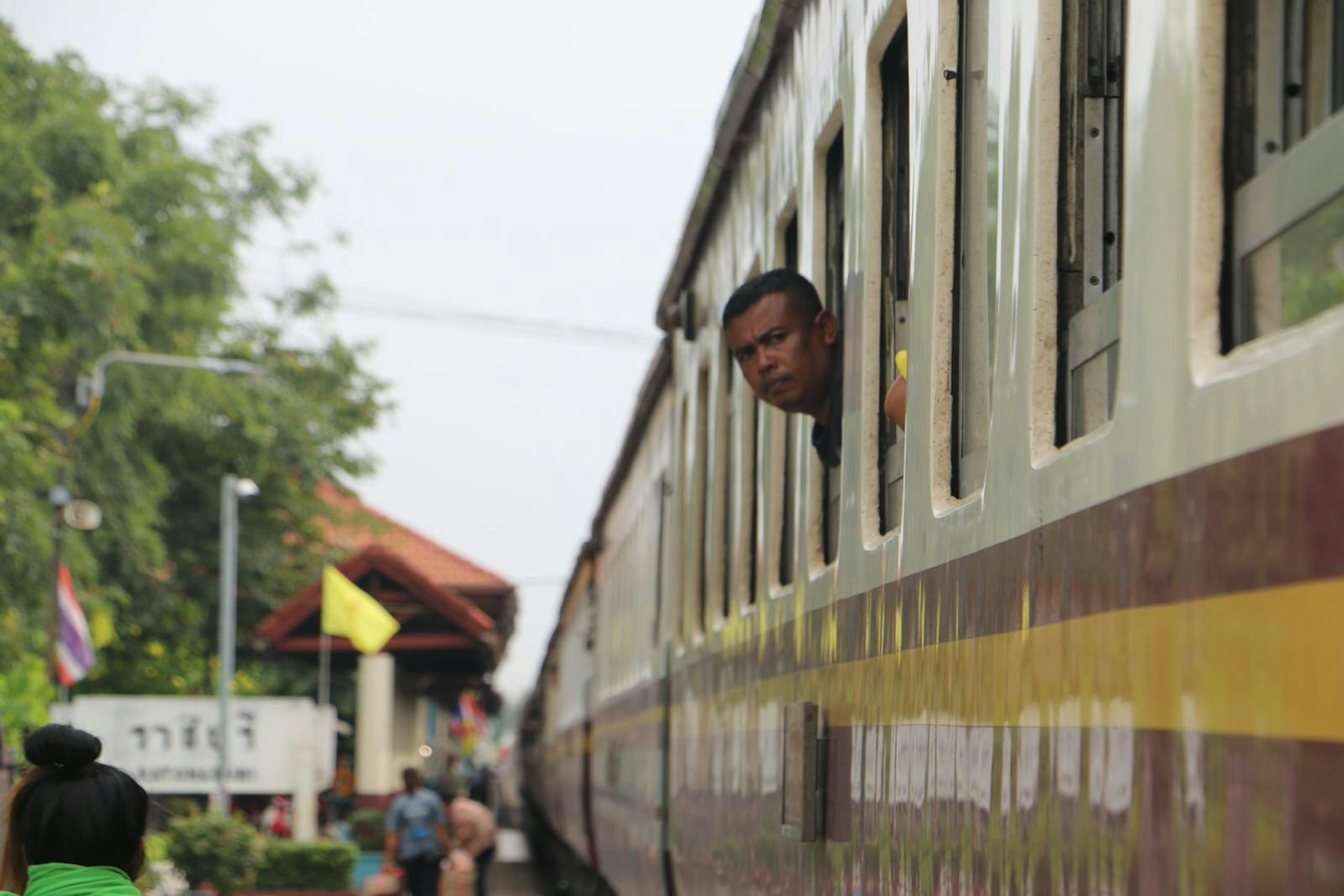
As you awake next morning the train should be chugging by the coastal resort of Hua Hin. A few hours later – most likely behind schedule – Thailand's sprawling capital is within sight. Pulling into the city you'll slowly pass the shell of Bangkok's new Bang Sue terminal, which is under construction. When completed it will replace the impressive Neo-Renaissance terminus of Hualamphong – the giant arched shed of this old station, dating to 1916, spectacularly signals the end of the journey.
Before leaving, visit the small Thailand Railway Museum at the Rama 4 Rd entrance to the station, which includes a mock-up of a luxury coach interior in which to snap a selfie – who says the romance of rail travel is dead?

